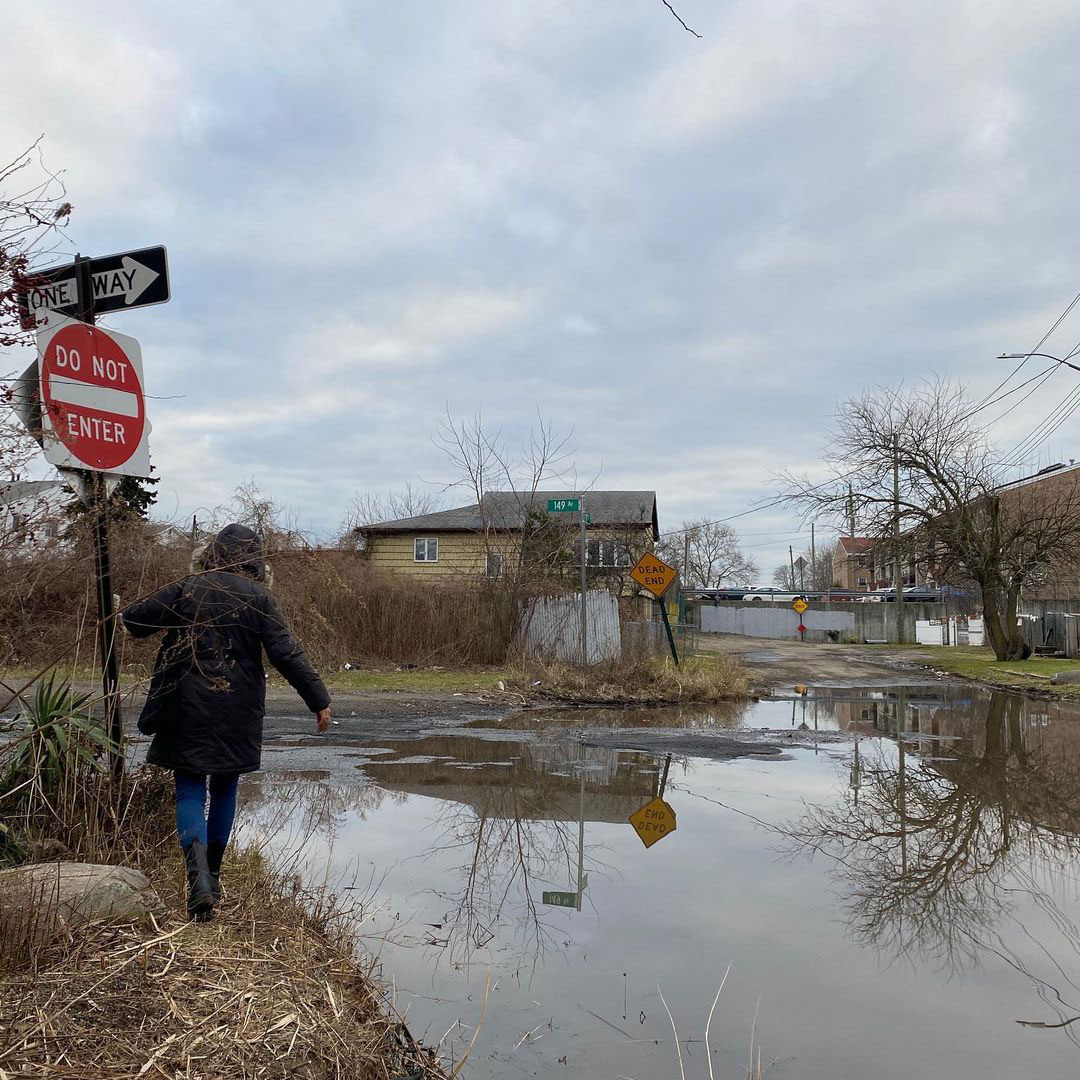In a recent New York Daily News op-ed marking the 12th anniversary of Hurricane Sandy, John Shapiro, professor in the Graduate Center for Planning and the Environment, calls for urgent action to prepare New York City for climate impacts that could devastate the built environment and economy. The piece was co-written with Kent Barwick, chairman of the New York City Landmarks Preservation Commission, Tom Fox, co-founder of the New York Water Taxi, and Layla Law-Gisiko, leader of New York’s 75th district.
The op-ed reflects on Sandy’s impact—including $19 billion in damages and widespread displacement in communities like Red Hook and the Rockaways—and notes that sea levels are projected to rise by six feet by 2100, increasing the percentage of the city’s land situated in flood zones (currently 29%). Despite this threat, the city continues to approve high-density housing developments in low-lying neighborhoods such as South Brooklyn and Queens “without adequate regulations to reduce damage and protect people,” according to the op-ed.
“The City Club of New York proposes a pause on new upzonings and public incentives for residential development in flood-prone neighborhoods until New York City adjusts its land-use and zoning policies to reflect the realities of climate change,” the authors write. “This moratorium would simply ensure no further residential expansion beyond what is permitted while we take the necessary time to plan thoughtfully and responsibly. In the meantime, we should focus on increasing density farther inland, out of the flood zone, particularly in areas with strong transit connections.”
Following Sandy, New York implemented stronger building codes and stormwater management practices in areas within existing flood zones, but the authors stress that further action is needed to safeguard communities. If necessary reforms are delayed, they write, the future could become defined by recurring floods, infrastructure breakdowns, and intra-city climate migration, which would strain city and state budgets.
Pratt students and faculty have a long history of engaging with communities affected by Sandy, supporting disaster preparedness, and advocating for climate adaptation, dating back to the creation of the Sustainable Environmental Systems Master of Science program in 2003 and even earlier work guided by the Pratt Center for Community Development on community gardens, composting, and energy efficiency, work animated by commitments to environmental justice and climate justice.
The Center for Climate Adaptation, led by associate professor in Graduate Architecture, Landscape Architecture, and Urban Design (GALAUD) David Erdman, is developing research and design-based solutions that advance global climate adaptation, innovation, and literacy, while The New York Climate Exchange, a non-profit world-class climate center on Governors Island of which Pratt is a founding partner, is developing research and supporting teaching and community engagement that champions climate justice and equity.
As part of a Taconic Fellowship, Shapiro is working with colleagues and students from the Spatial Analysis and Visualization Initiative (SAVI) to analyze the vulnerability of the city’s manufacturing base to sea level rise to inform policy discussions.
Ultimately, the op-ed calls for a “comprehensive, coordinated plan” that prioritizes the long-term resilience of New York’s coastal communities.
“A moratorium on incentivized residential development in our coastal areas is not just a temporary fix,” the authors write. “It’s a necessary first step in securing a safer, more resilient future for all New Yorkers.”
